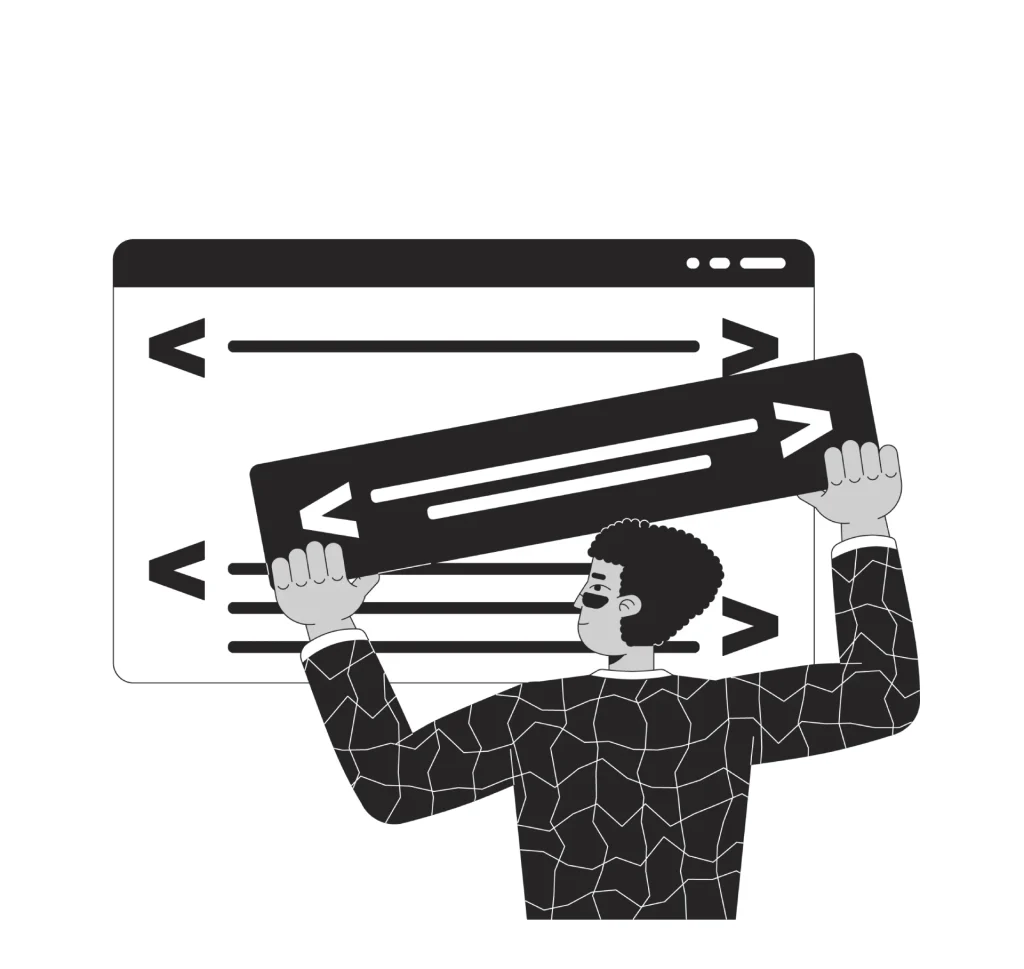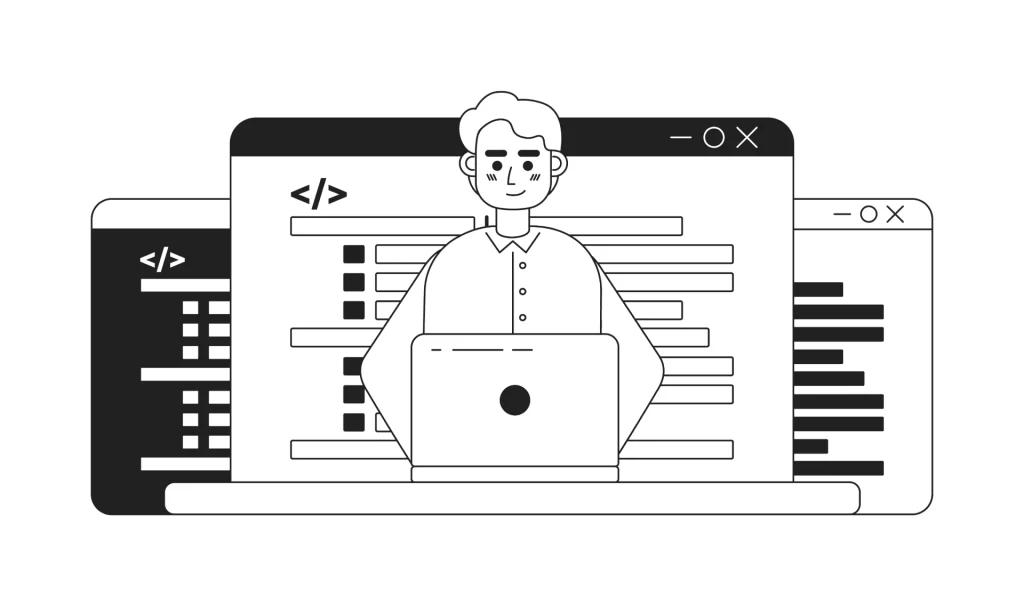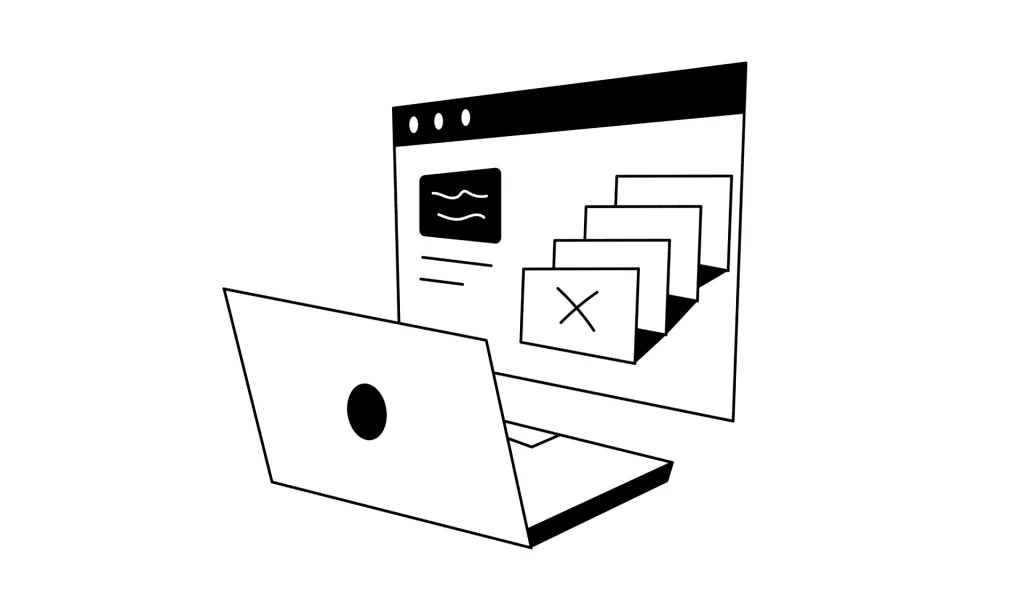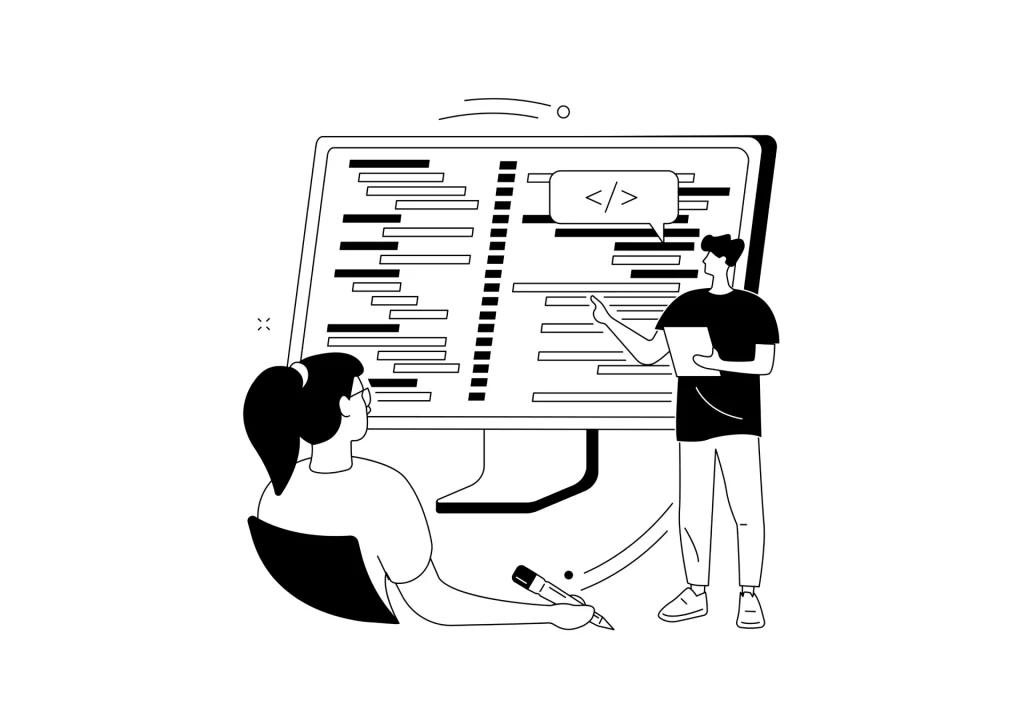At Godev, we specialize in delivering web development services tailored to your business goals. Our development team leverages popular web development frameworks like React, Django, and Laravel to build scalable, secure web applications aligned with industry best practices. Whether you’re launching a mobile app or a complex web platform, we combine technical expertise with agile methodologies to speed up the development cycle
A web development framework is a pre-built collection of tools, libraries, and conventions designed to streamline the web development process. Unlike content management systems (CMS), which prioritize ease of use for non-developers, frameworks offer developers granular control over building modern web applications while enforcing industry best practices. Frameworks are ideal for projects requiring custom functionality, scalability, or integration with specialized systems—such as complex web applications that require real-time data processing or advanced security. When to choose a framework over a CMS:

Front-end frameworks focus on crafting interactive web pages and seamless user interfaces. Here are the top web development frameworks dominating front-end development in 2025:
1. React
React, a JavaScript framework maintained by Meta, revolutionized front-end development with its component-based architecture. By breaking UIs into reusable web components, React enables development teams to maintain clean, modular codebases for single-page web applications or dynamic enterprise dashboards. Its virtual DOM optimizes rendering performance, ensuring smooth updates for apps requiring frequent UI changes, such as real-time analytics tools or collaborative platforms.
React’s ecosystem is unmatched: tools like React Native extend its capabilities to mobile app development, while frameworks like Next.js simplify server-side rendering (SSR) for SEO-friendly progressive web apps
2. Angular
Angular, Google’s full-stack web framework, is engineered for enterprise-grade web applications like fintech platforms or ERP systems. Its opinionated architecture enforces industry best practices, including strict TypeScript integration for type safety and maintainability. Two-way data binding synchronizes UI and data layers seamlessly, while built-in tools like Angular CLI and RxJS streamline tasks such as dependency injection or reactive programming. The framework’s modular structure, powered by NgModules, allows teams to isolate features—a critical advantage for large-scale web applications with evolving requirements

3. Vue.js
Vue.js strikes a balance between simplicity and power, making it a favorite for startups and web development projects prioritizing rapid development. Its progressive design allows developers to adopt features incrementally—from embedding reactive components in static pages to building full-scale interactive web applications with Vue Router and Pinia. The framework’s reactivity system ensures efficient DOM updates, while single-file components (SFCs) keep HTML, CSS, and JavaScript logic neatly organized
Back-end frameworks handle server-side logic, databases, and API management. Leading options in 2025 include:
1. Django
Django, a Python web framework, follows a “batteries-included” philosophy, offering developers a comprehensive toolkit for building modern web applications. Its built-in Object-Relational Mapper (ORM) simplifies database interactions, allowing seamless transitions between SQL databases like PostgreSQL and MySQL without rewriting queries. The framework’s admin panel automates CRUD operations, making it ideal for content-heavy platforms such as e-commerce sites or analytics dashboards.
Django enforces industry best practices by default, including protection against SQL injection, cross-site scripting (XSS), and CSRF attacks, which is critical for secure web applications

2. Node.js + Express.js
Node.js, paired with the minimalist Express.js framework, revolutionizes server-side development with its event-driven, non-blocking I/O architecture. This combination excels in real-time applications such as chat platforms, gaming servers, and live analytics tools, where low latency is critical. Developers benefit from full-stack JavaScript compatibility, enabling code reuse between front-end and back-end—a key advantage for teams aiming to speed up the development cycle.
3. Laravel
Laravel redefines PHP web development with its elegant syntax and developer-friendly ecosystem. The framework’s Eloquent ORM simplifies database operations using an Active Record implementation, while Artisan CLI automates repetitive tasks like migration generation and queue management. Laravel excels in projects requiring secure web applications, offering built-in solutions for encryption, CSRF protection, and OAuth2 authentication
| Aspect | Front-End Frameworks | Back-End Frameworks |
|---|---|---|
| Focus | UI/UX, client-side interactivity | Server logic, databases, APIs |
| Popular Choices | React, Angular, Svelte | Django, Express.js, Laravel |
| Performance | Optimized for rendering speed | Prioritize data processing |
| Use Cases | SPAs, progressive web apps | Enterprise systems, secure web applications |
UI/UX, client-side interactivity
React, Angular, Svelte
Optimized for rendering speed
SPAs, progressive web apps
Server logic, databases, APIs
Django, Express.js, Laravel
Prioritize data processing
Enterprise systems, secure web applications

Frameworks like Next.js enable hybrid rendering (SSR/SSG) for faster web app performance
Svelte and Qwik eliminate runtime overhead by compiling code to vanilla JavaScript
Tools like React Scan automate performance optimization
Front-end frameworks shape how users interact with web applications. Here’s an expanded look at the top contenders:
Key features. Component reusability, React Hooks for state management, and compatibility with progressive web apps
Why it remains a top choice. Dominates enterprise projects due to Meta’s backing and seamless integration with development tools like Next.js
Key features. Dependency injection, CLI for scaffolding, and strict adherence to industry best practices
Standout factor. Built-in solutions for testing and internationalization reduce reliance on third-party plugins
Key features. Composition API, lightweight core, and gradual adoption for interactive web applications
Trend in 2025. Rising popularity in Asia-Pacific markets for startups and SaaS platforms

Key features. Compiler-driven architecture, no virtual DOM, and built-in animations
Best suited for. High-performance apps like data visualization dashboards
Pros vs. Other frameworks. Eliminates runtime overhead compared to other web frameworks
Key features. Convention-over-configuration, Ember Data for API management
Niche. Long-term projects requiring stability, such as government portals
Back-end frameworks power server logic, databases, and API integrations. The leaders:
Key features. Built-in admin panel, ORM, and security against SQL injection
Ideal for. Startups needing rapid development without compromising scalability
Key features. Convention-over-configuration, Active Record ORM
Why it’s relevant. Still powers platforms like GitHub and Shopify—remains a top choice for MVP development
Key features. Microservices support, dependency injection, and cloud-native tools
Enterprise appeal. Dominates banking and healthcare due to strict secure web applications protocols

Key features. Cross-platform support, Blazor for full-stack C# development
Use cases. High-traffic apps like e-commerce platforms requiring complex web integrations
Key features. Minimalist design, middleware support, and compatibility with JavaScript framework ecosystems
Trend. Growing adoption in IoT and real-time analytics due to Node.js’s non-blocking I/O
Selecting a web development framework depends on:
Align with your team’s programming language proficiency (e.g., Python → Django)
Enterprise systems? Prioritize scalability (Angular, Spring Boot)
Align with your team’s programming language proficiency (e.g., Python → Django)
Frameworks like React and Django thrive due to extensive libraries and development tools
For secure web applications, prioritize frameworks with built-in safeguards (Django, Spring Boot)
Choose frameworks with LTS (long-term support) versions and active updates








The best programming languages and frameworks depend on your project’s unique needs. Whether building interactive web pages or complex web applications, prioritize flexibility, security, and scalability